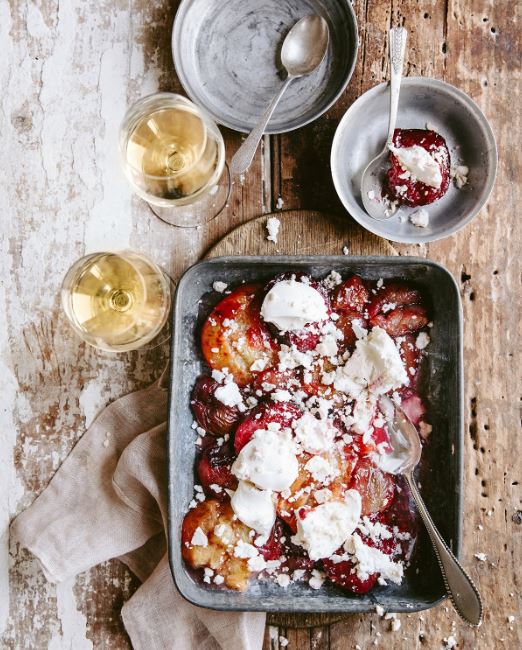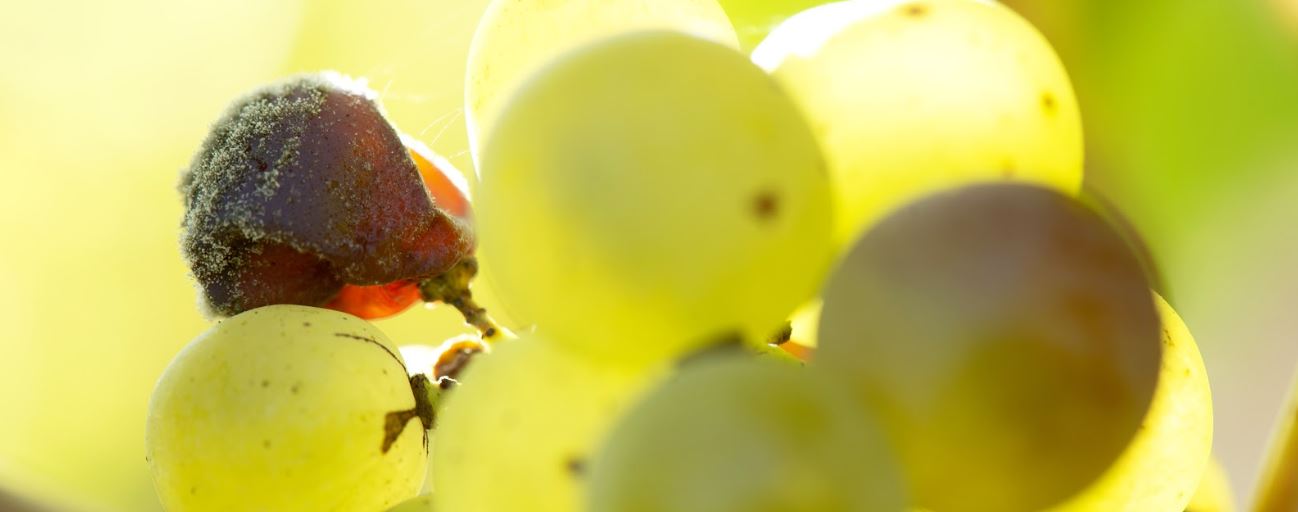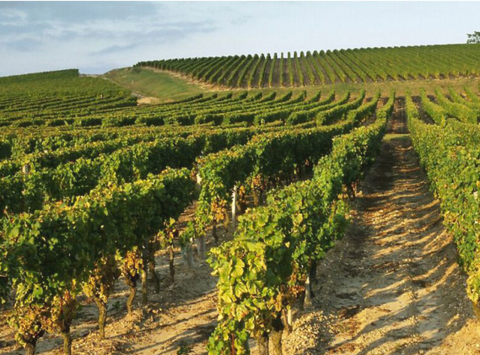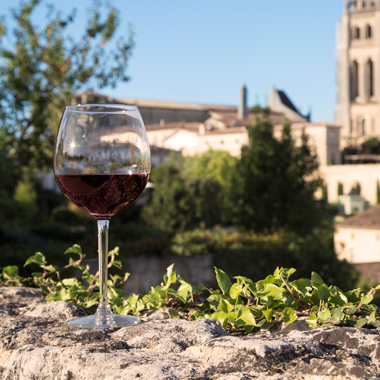The Sweet wines of Bordeaux
The sweet wines of Bordeaux are a hidden treasure. Whilst many think sweet wines are only to be served with an after-dinner dessert this is far from the case. The complex flavour profile and racy acidity can balance out the naturally occurring sugar and create a powerful, yet elegant glass to be enjoyed as an aperitif or with a starter.
Where are they made?
The sweet wines of Sauternes are the best known in Bordeaux however, several different areas produce excellent wines at great value for money. These include the appellations of Barsac, Cérons, Cadillac, Loupiac and Sainte-Croix-du-Mont, Graves Supérieures, Bordeaux Supérieur, Sainte Foy Côtes de Bordeaux and Côtes de Bordeaux Saint Macaire. Areas permitted to produce wine in the Entre-Deux-Mers are incredibly undervalued and often offer a lighter style of sweet wine. The wines from the left bank (Sauternes, Barsac and Cérons) are typically more full-bodied with more pronounced marmalade, beeswax and honey flavours. 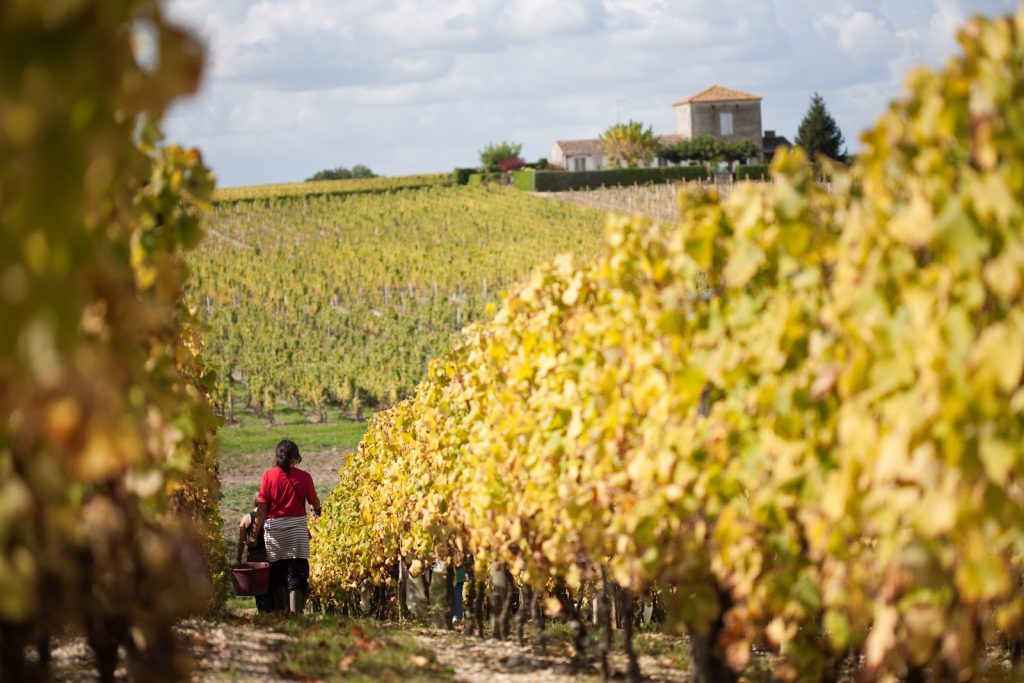
How are the sweet wines made?
In the vast majority of the world’s vineyards the workers battle fungus, virus and bacterial attacks to keep their vines disease-free. However, it is an unexpected fungus that makes these wines so special. Botrytis cinerea is either one of the worlds greatest natural winemaking tools or a pathogen that decimates both quality and yield. In the sweet wine appellations of Bordeaux, it is the former and is known as Noble Rot. It transforms the white varieties Sémillon and Sauvignon Blanc by reducing the water inside the grapes. This water reduction results in an increased concentration of sugar, acid and flavour molecules. Although yield drastically decreases, the resulting juice is more powerful and sweet. Noble rot isn’t guaranteed and it is an annual risk to winemakers, the harvest dates are much later in the year and poor autumn weather will destroy the bunches.
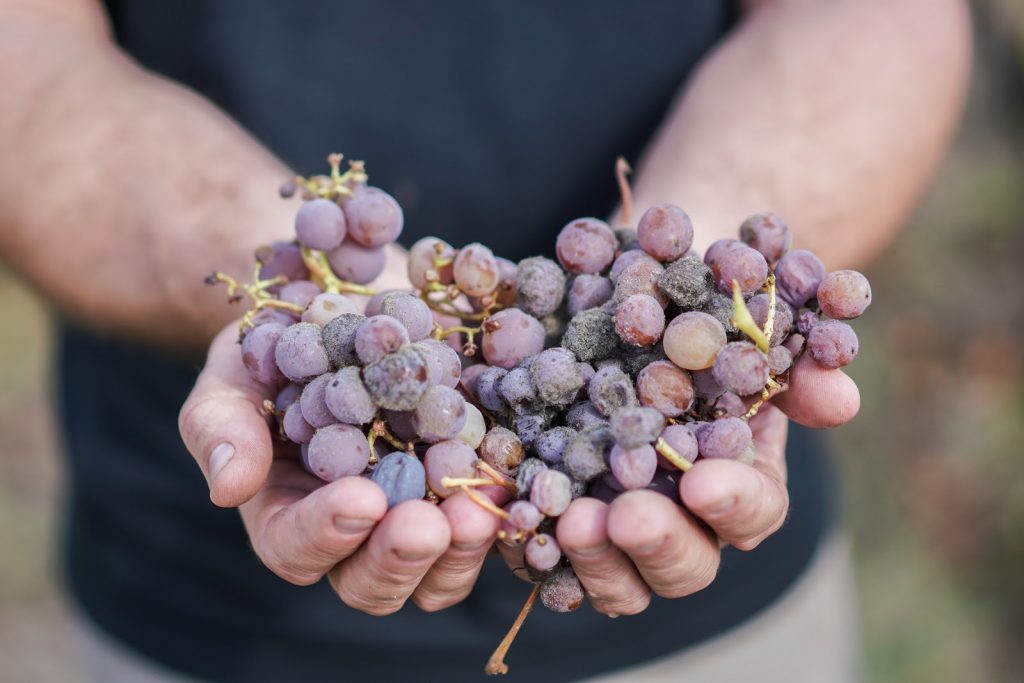
To produce ‘noble rot,’ the bunches must have very specific conditions. Damp, misty mornings followed by bright sunshine. Continual damp conditions result in grey rot, which should be avoided as this creates dusty, cardboard flavours and ruins a wine. Therefore, specific areas are more suitable for producing great sweet wine. Sauternes is particularly famous as the area lies near the Garonne and Ciron rivers. These rivers create the necessary mesoclimate; misty damp mornings which blow off to become warm and bright autumn afternoons.
The taste
The sweet wines of Bordeaux have a powerful, unforgettable profile. The best sweet wines will have high acidity, which balances out the sugar creating a sweet but crisp style of wine. The pronounced flavours of marmalade, honey, butterscotch, nectarine and apricot will develop over time into dried figs, chocolate and dried orange peel. These sweet wines have a great ability to age and can often improve over decades. Sweet wines from Bordeaux are often sold in half bottles (37.5cl). Once opened these can generally be kept in the fridge for longer periods, compared to a typical dry white wine. If you can remove the air in the bottle by a vacuum pump, this will increase the time even longer.
Sweet wine and food
Many people believe sweet wines are only for dessert but this is far from the case. Lighter sweet wines can be a great aperitif, especially when paired with rich pâté or more traditionally Foie gras. Savoury foods that have an equally powerful palate can make excellent pairings. Salty blue cheeses, such as Stilton or Roquefort, work well as does heavy, fatty foods such as pork terrine or chicken liver pâté. The sweetness and acidity in the wine balance out these rich foods and make an exciting and interesting pairing.
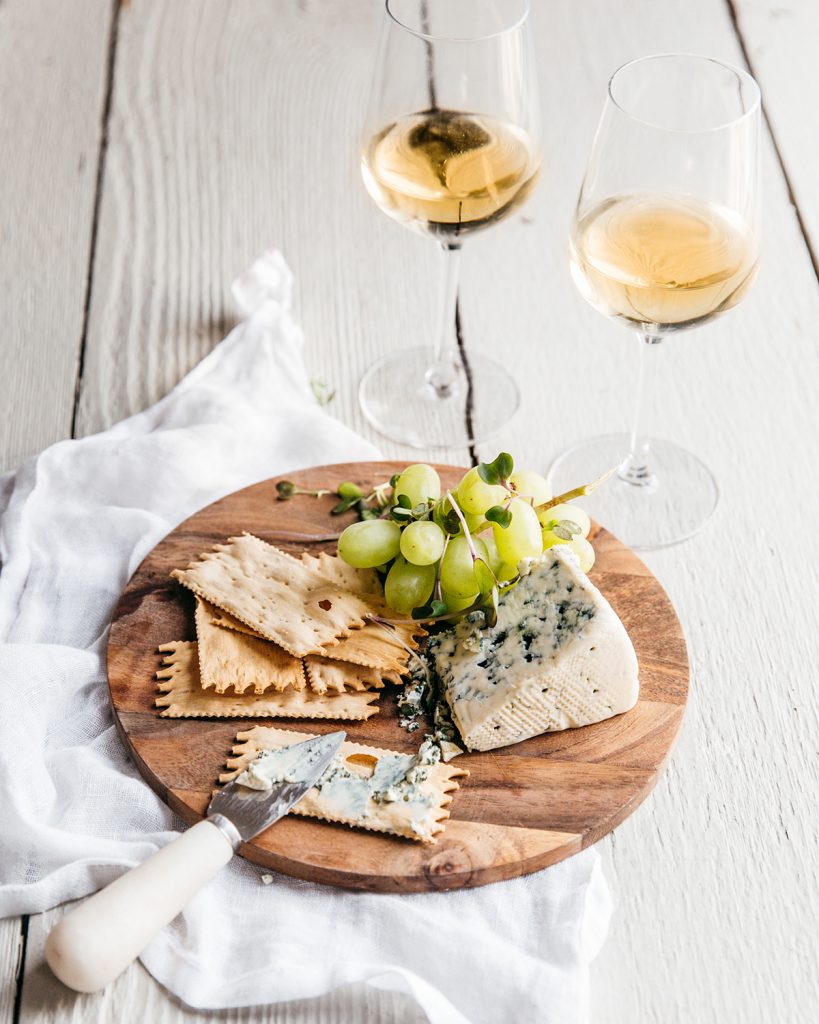
Serve the sweet wine well chilled as this prevents the sugar feeling claggy or flabby in the mouth. If you are planning to pair your wine with a dessert, then the wine should always be sweeter than the food. Poached pears or apricots can be a good choice as the fruit highlights the flavours in the wine.
